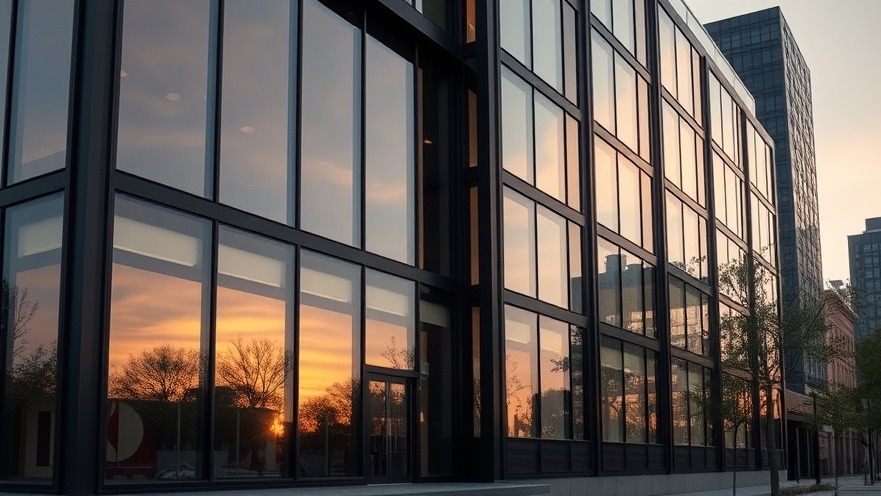
The Current State of the Labor Market: A Cautionary Tale
The U.S. labor market is showing signs of strain, as evidenced by July's disappointing addition of just 73,000 jobs. This figure is a stark reminder of the challenges currently facing the economy, especially after the prior months saw a downward revision of 258,000 jobs previously reported. This trend suggests that employers are becoming more hesitant to hire, raising concerns about the overall economic recovery.
Historical Context: Understanding Job Growth Patterns
To grasp the significance of these job numbers, it's essential to look at historical trends. In the months leading up to this decline, the labor market was relatively strong, with robust job growth fueled by a recovering economy following the pandemic. However, the recent revisions portray a more volatile employment landscape than previously believed, sparking questions about sustainability and future job growth.
Impacts on Different Sectors and the Necessity for Strategic Adaptation
The decrease in job additions raises vital questions regarding specific industry sectors, particularly those reliant on construction and maintenance sectors. With a clear slowdown in job creation, roofing and construction businesses must reassess their strategies, focusing on efficiency and value creation to mitigate potential downturns. An analytical approach to projects could be the key to sustaining profitability amidst increasing instability.
Looking Ahead: Predictions and Trends
As we move into the latter half of the year, economic experts predict that cautious hiring trends may continue. Macro-economic factors, including inflation and supply chain disruptions, could further complicate the landscape. Companies in the roofing industry should be prepared to navigate these trends, adopting proactive maintenance and innovative roofing solutions that enhance property value.
Actionable Insights: How to Prepare for Unpredictable Markets
Roofing companies should actively monitor job market trends, leveraging data analytics to make informed decisions that enhance competitive Advantage. Ensure investments are made to improve the longevity and effectiveness of roofing systems, viewing these projects not just as costs but as investments in the overall property value.
Final Thoughts: The Importance of Strategic Resilience
In conclusion, the current labor statistics reveal a nuanced and shifting employment panorama. Companies engaged in roofing and construction must prioritize strategies that emphasize flexibility, leveraging technology and analytics for operational enhancements. By adapting to these changing dynamics, businesses can better position themselves for future growth.
 Add Row
Add Row  Add
Add 




Write A Comment